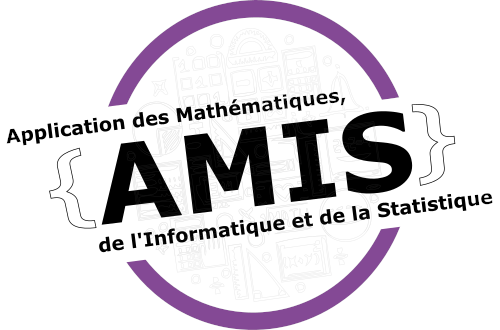Response mixture models based on supervised components: clustering floristic taxa
Résumé
In this paper, we propose to cluster responses in order to identify groups predicted by specific explanatory components. A response matrix is assumed to depend on a set of explanatory variables, and a set of additional covariates. Explanatory variables are supposed many and redundant, which implies some dimension reduction and regularization. By contrast, additional covariates contain few selected variables which are forced into the regression model, as they demand no regularization. The response matrix is assumed partitioned into several unknown groups of responses. We suppose that the responses in each group are predictable from an appropriate number of specific orthogonal supervised components of explanatory variables. The classification is based on a mixture model of the responses. To estimate the model, we propose a criterion extending that of Supervised Component-based Generalized Linear Regression, a Partial Least Squares-type method, and develop an algorithm combining component-based model and Expectation Maximization estimation. This new methodology is tested on simulated data and then applied to a floristic ecology dataset.
| Origine | Fichiers produits par l'(les) auteur(s) |
|---|

